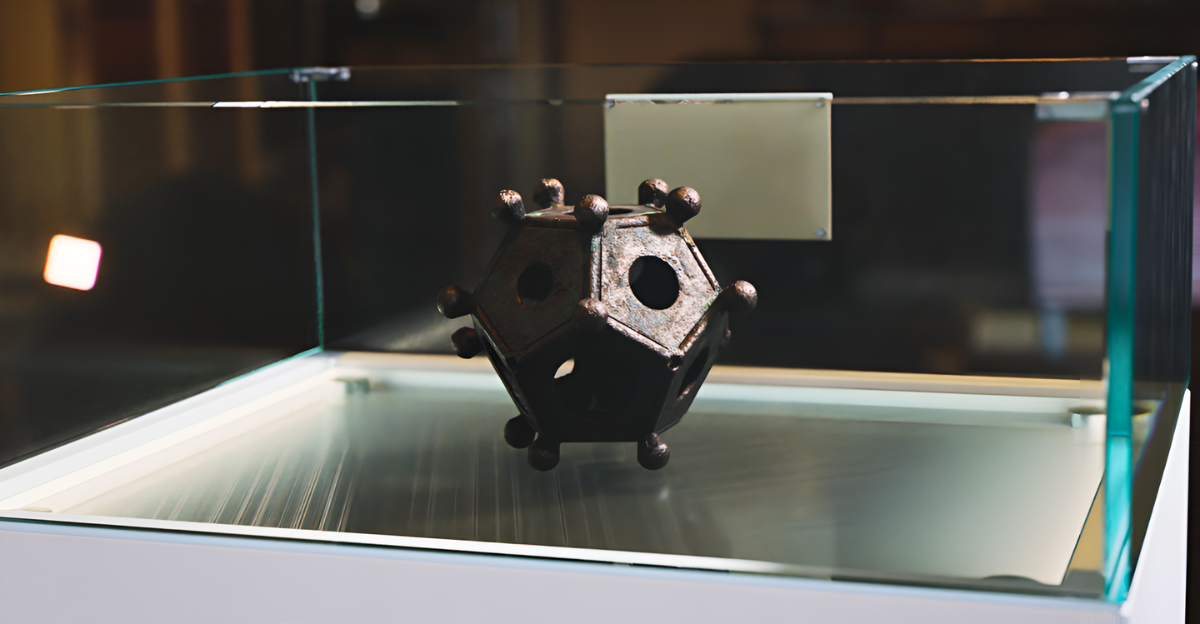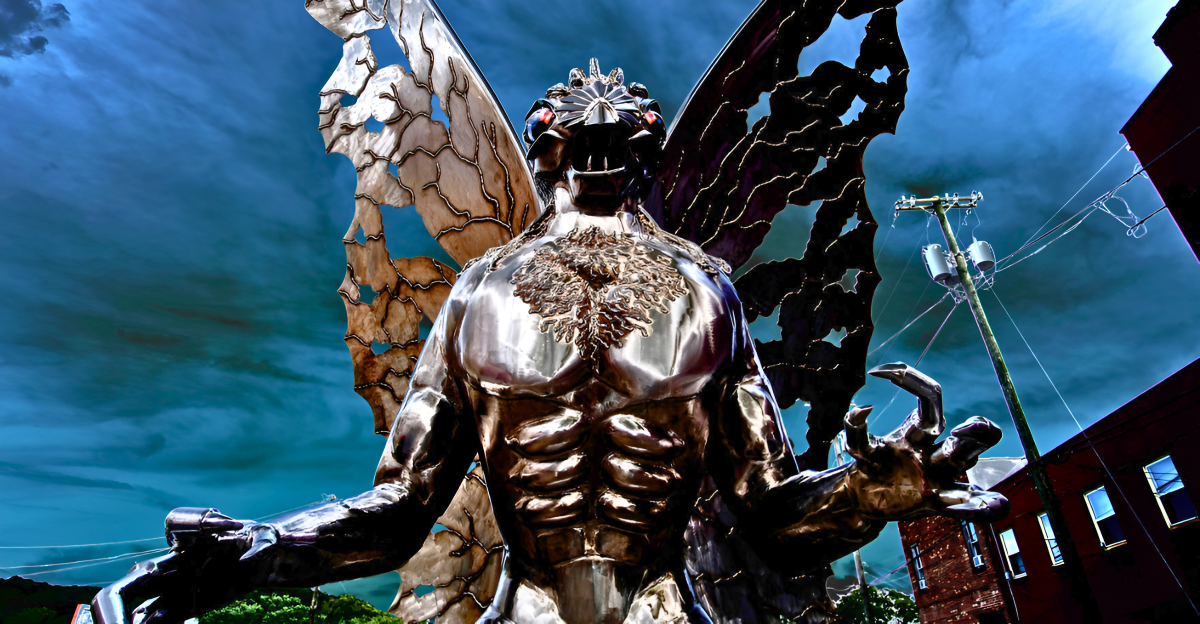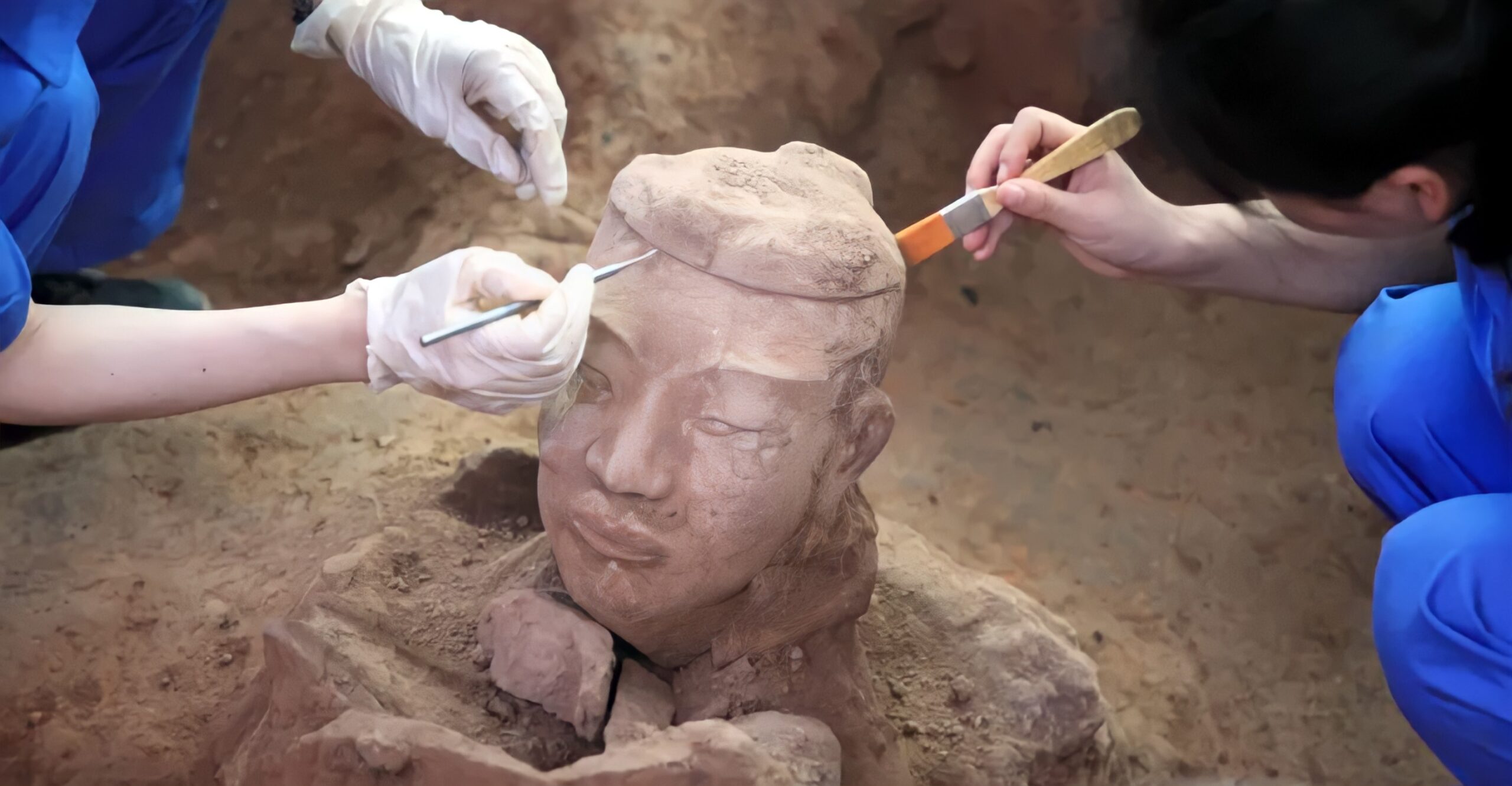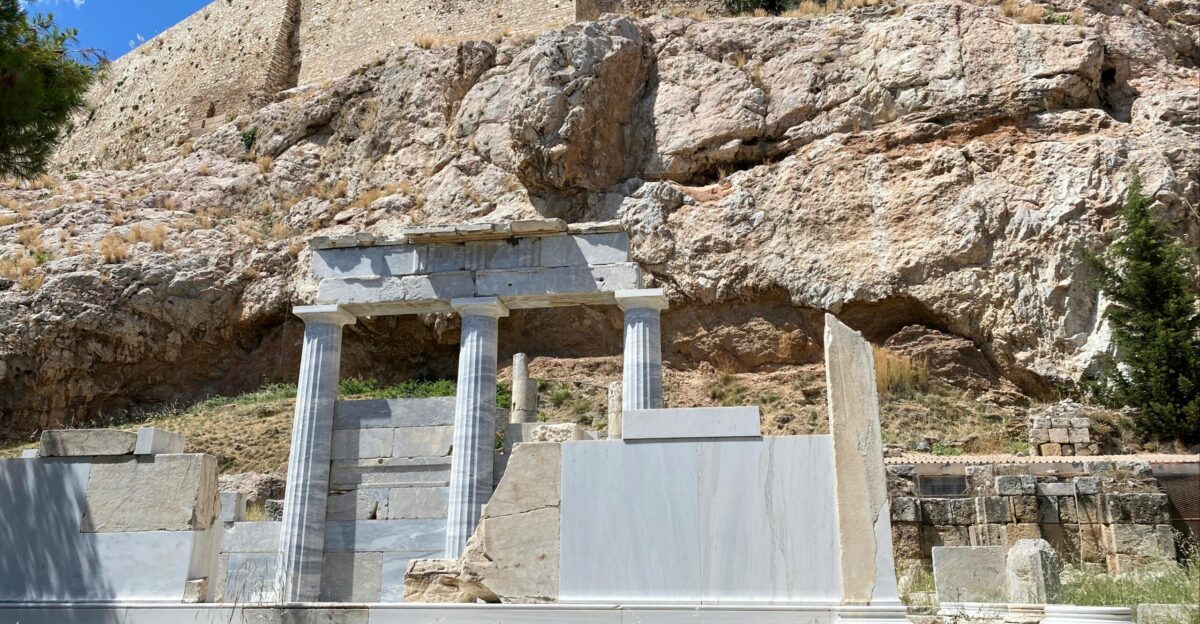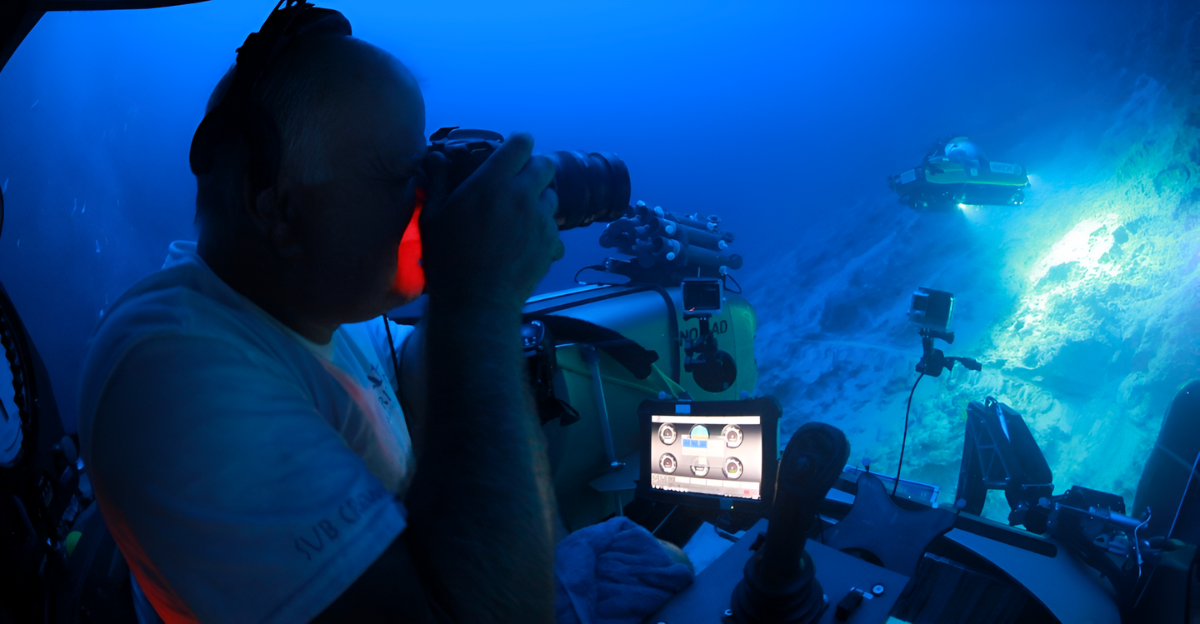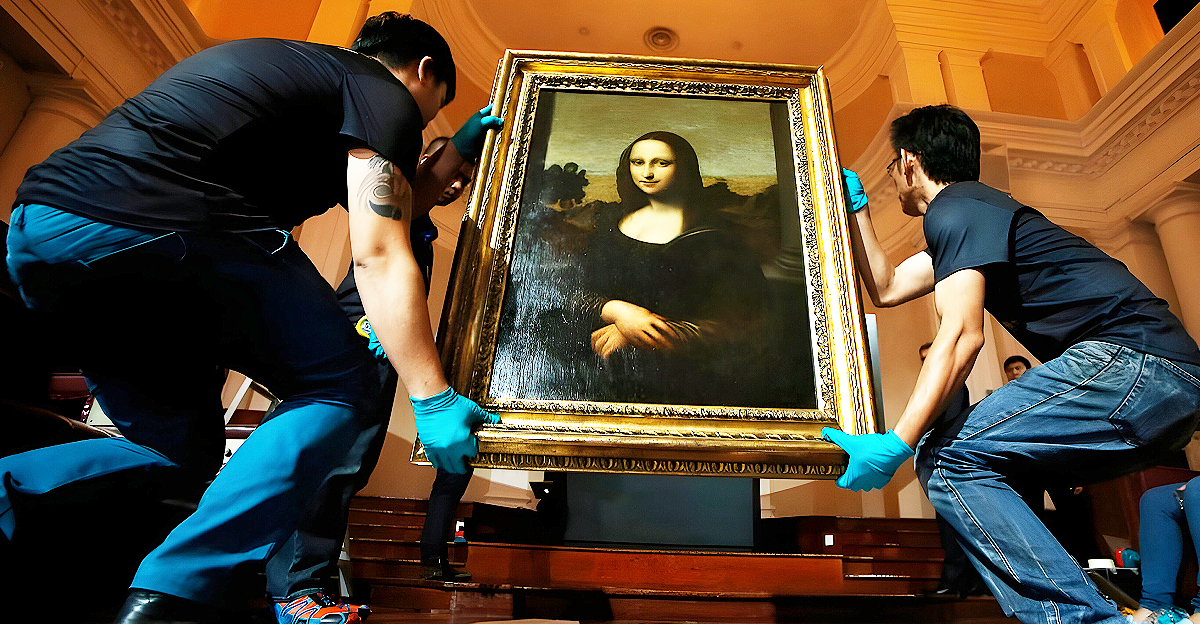
It is no secret that the Mona Lisa has amazed people for generations with her mysterious smile and an intriguing aura that surrounds her.
Many experts, like art historians, chemists, and engineers, have studied Leonardo da Vinci’s famous artwork; to this day, they still find new surprises.
Scientists recently discovered this painting, which rekindled global fascination. They proved that the Mona Lisa was unlike any other work of its era.
The Scientists Behind This Discovery
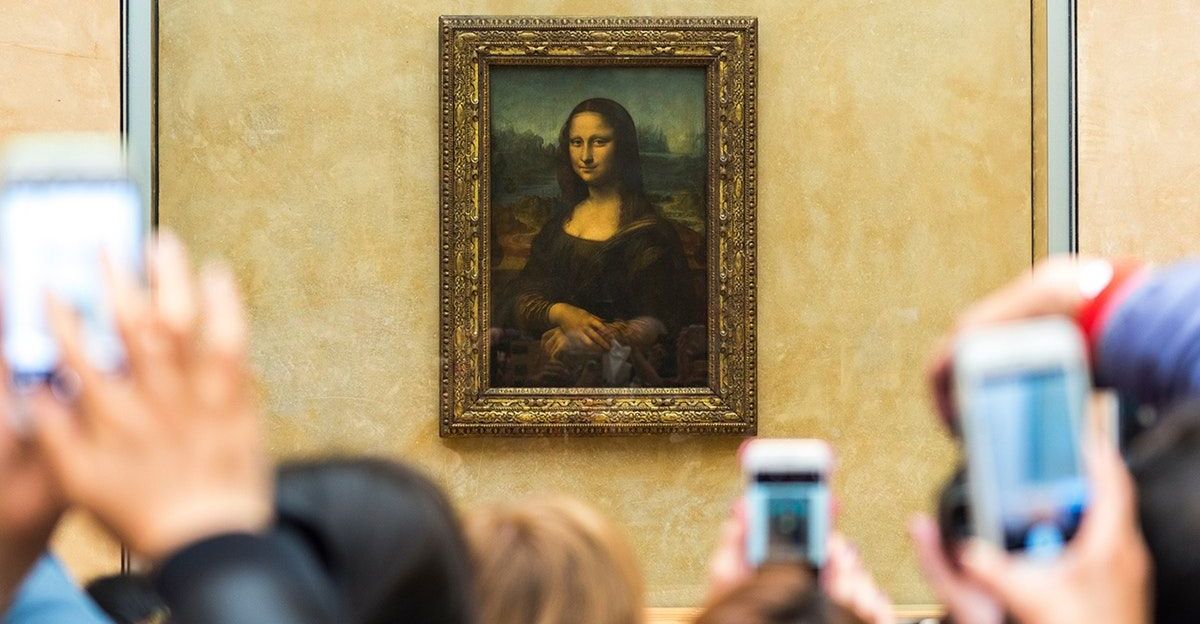
A group of scientists from different countries has made this discovery, led by Victor Gonzalez, a chemist in France at the French National Center for Scientific Research (CNRS). They also collaborated with experts from the UK and top French research centers.
Their research brought together expertise from chemistry, conservation, and the art world, and they used advanced technology not often used for art. Engineers helped with advanced imaging technologies, and art historians explained Leonardo da Vinci’s methods. Their careful and scientific work impressed art experts around the world.
The Intriguing Discovery
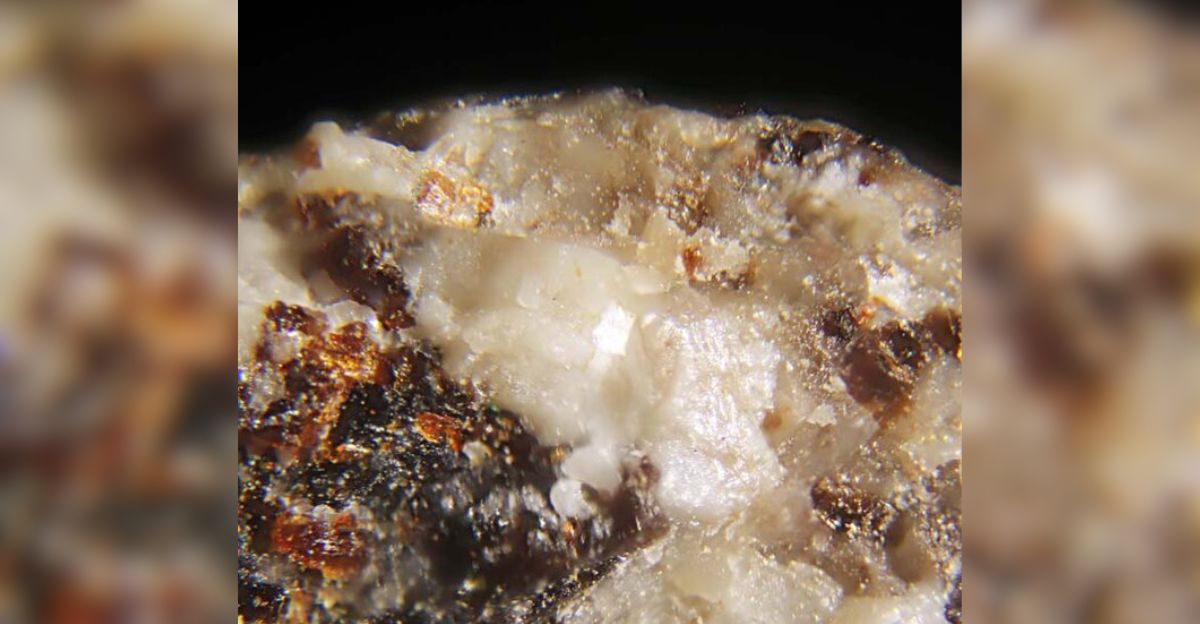
Scientists used advanced X-ray and infrared techniques to study a tiny piece of paint from the Mona Lisa’s base layer. Through this research, they discovered a special lead ingredient called plumbonacrite, which has never been seen in Italian Renaissance paintings. “Plumbonacrite is a fingerprint of his recipe,” said Victor Gonzalez, emphasizing the discovery’s importance.
The use of plumbonaacrite was usually only seen in much later artworks, which shows that Leonardo tried and tested unusual and new materials, by mixing lead and oil, making the paint dry faster and thicker.
When Did the Discovery Occur?
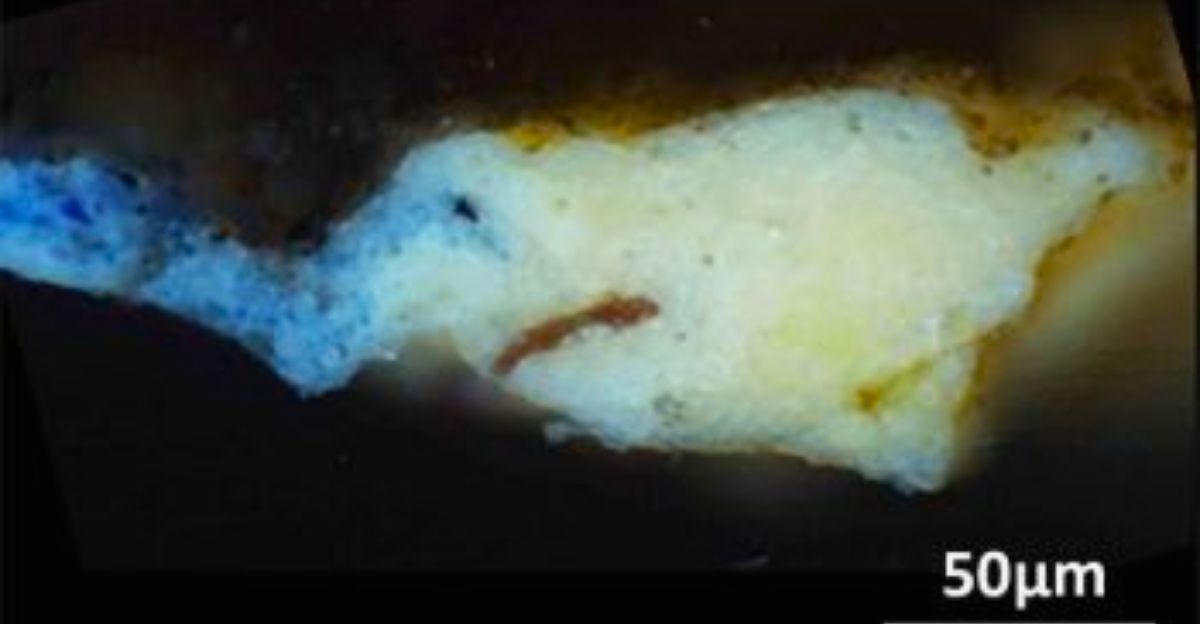
In October 2023, this breakthrough discovery was shared in the Journal of the American Chemical Society after many years of careful studies. The tiny paint sample they tested hadn’t been touched since Leonardo painted the Mona Lisa in the early 1500s.
The scientists used some of the most modern and powerful machines to closely examine the paint’s structure. Once the results came out, people in both science and art started talking again about Leonardo’s excellent skills, which Victor Gonzalez described as “barely scratching the surface.”
Did They Take the Painting To Research?
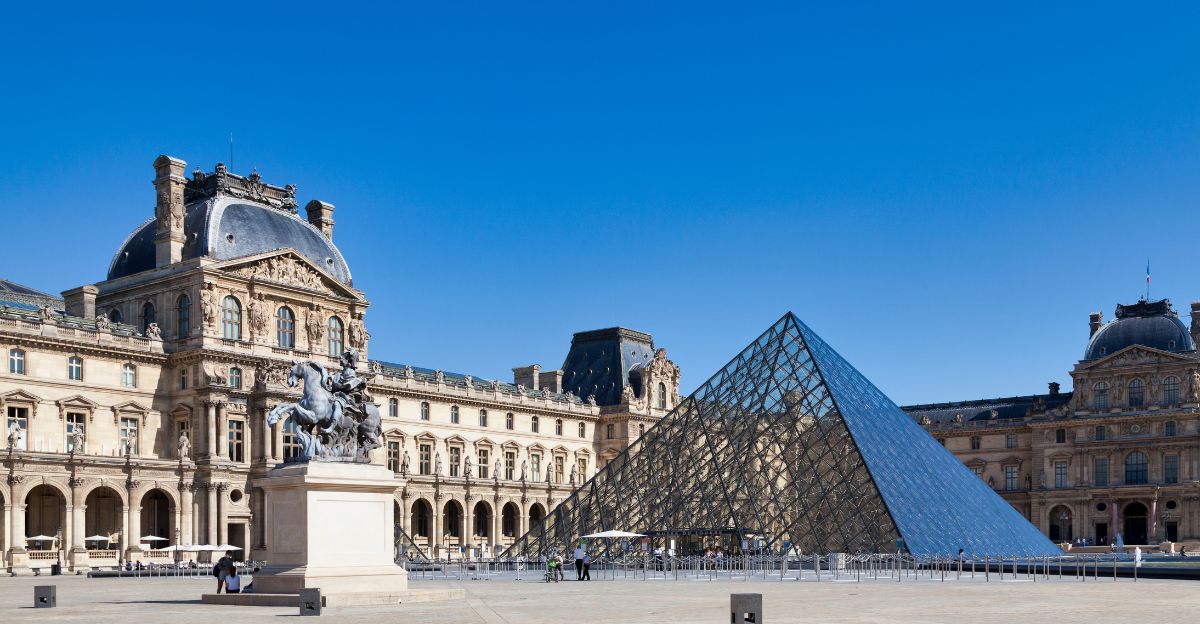
I know this thought crossed our minds, but no, the Mona Lisa is kept safely behind glass at the Louvre Museum in Paris. The research took place in laboratories in France and Britain.
This fantastic team worked with an “exceptional microsample” taken from the painting’s edge, invisible to the naked eye and no larger than a human hair, ensuring the masterpiece remained unharmed. Talk about extraordinary!
By using international collaboration, they performed advanced imaging technologies and chemical analyses to research and solve the mystery.
Why this Finding is Important
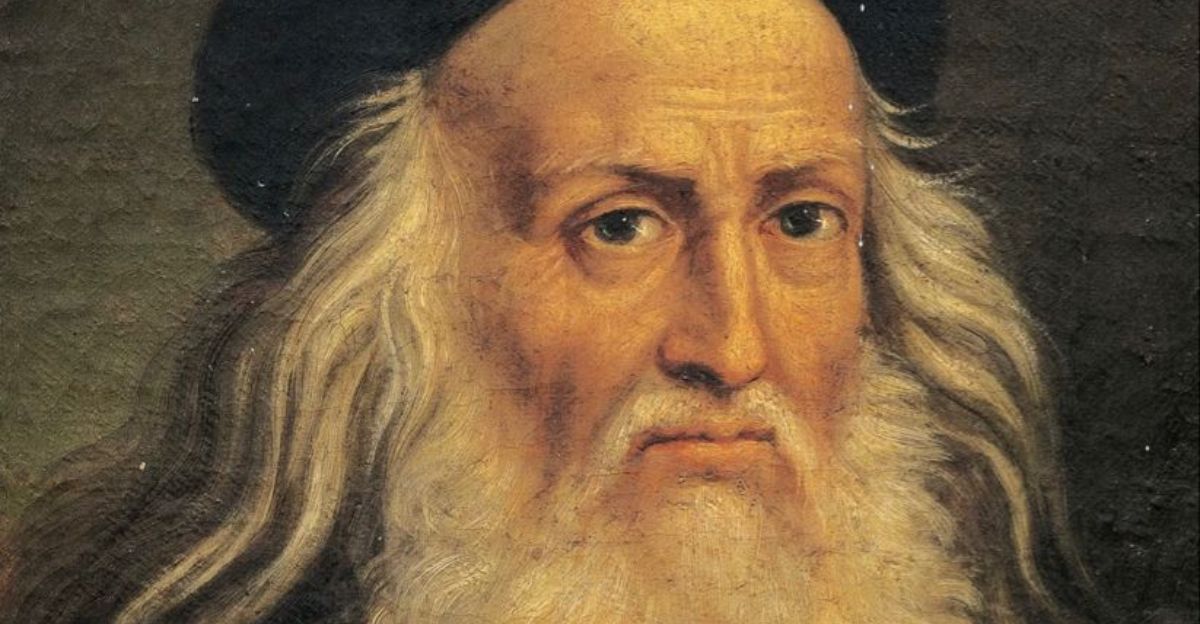
This discovery matters because it shows another example of Leonardo da Vinci, who always tried new things and looked for better ways to create art. Victor Gonzalez said, “He was someone who loved to experiment, and each of his paintings is completely different technically.” Plumbonacrite was an unusual material to use at that time, and with this new information, art experts and scientists can now learn to better understand, protect, and restore old paintings.
Professor Gilles Wallez, a study co-author, added, “Everything which comes from Leonardo is exciting because he was an artist, of course, but he was also a chemist, a physicist — he had lots of ideas, and he was an experimenter…attempting to improve the knowledge of his time. Each time you discover something about his processes, you discover he was ahead of his time.” The JACS research team summarized: “The mystery of the Mona Lisa lies not so much in her smile as in the painting techniques used by Leonardo da Vinci. Artist, engineer, and architect, da Vinci was also an experimental chemist, with the Mona Lisa being his veritable laboratory.”
A New Look at Renaissance Techniques
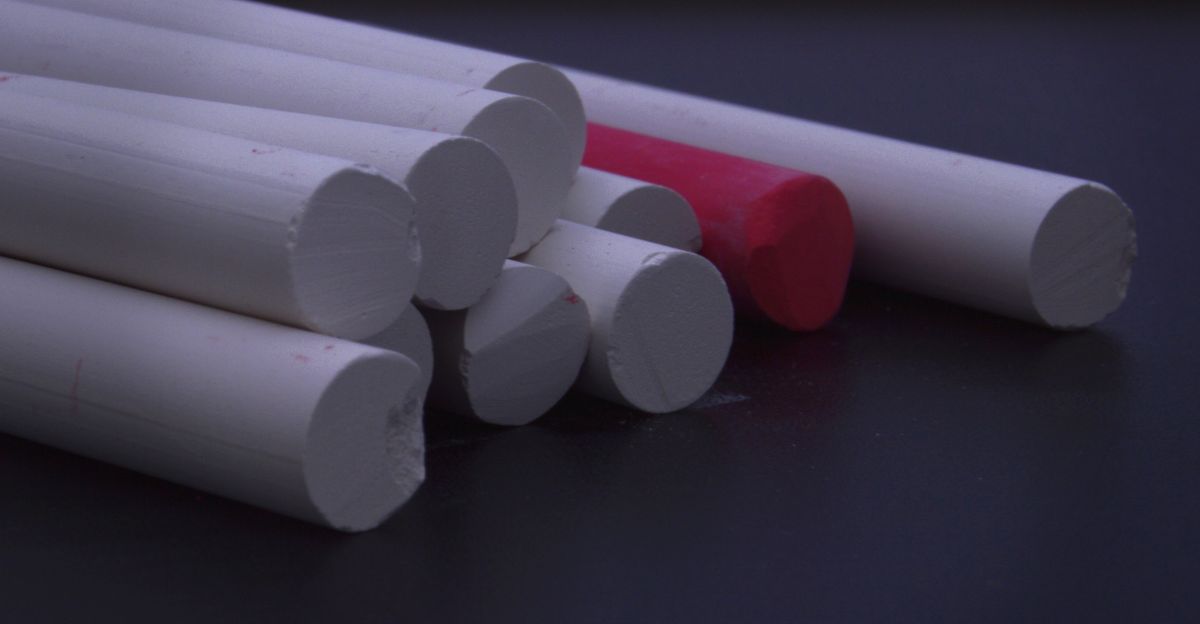
Instead of using the usual chalk base (gesso), he made his base paint thicker by adding lead oxide. Leonardo prepared the ground layer of this masterpiece with something new. It improved the artwork’s texture and made the paint dry faster.
This process stabilized the wooden panel and created a glowing layer under the painting, which might be why it still looks so bright today. That set Leonardo apart from other artists; he was willing to change the materials to fit what he wanted for his art.
Did Da Vinci Pioneer the Use of Plumbonacrite?
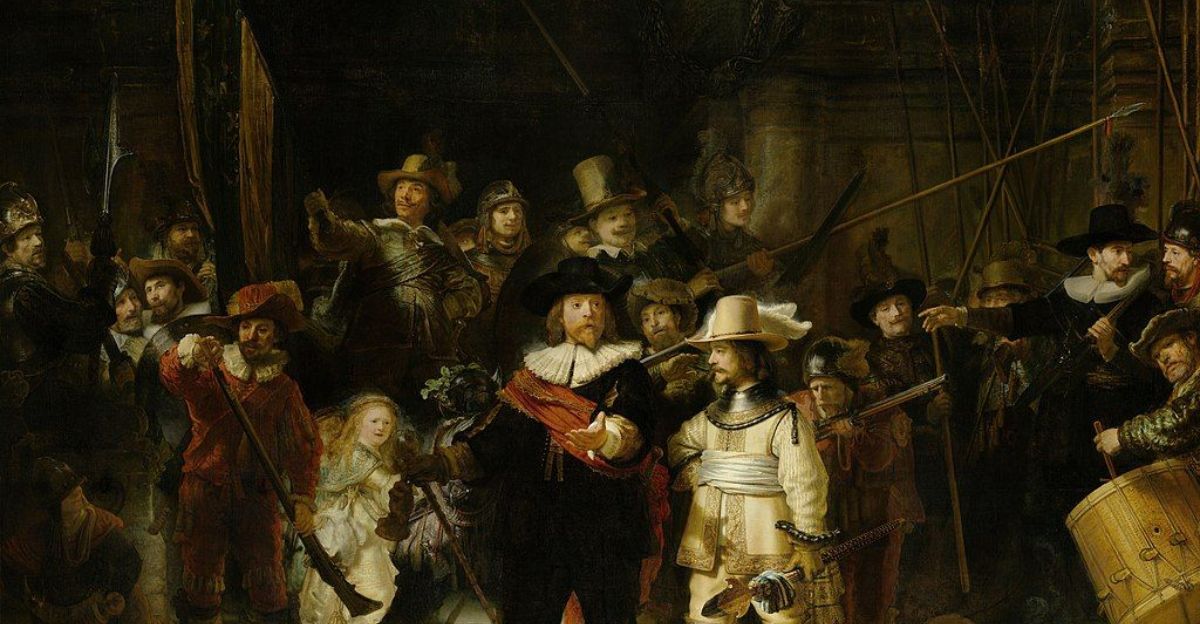
Before this discovery, the chemical plumbonacrite was only seen in Dutch paintings from about a hundred years after Leonardo, like those by Rembrandt.
Finding this material in the Mona Lisa means that Leonardo thought of this experiment much earlier than other artists, as, to date, there aren’t any older paintings made with plumbonacrite.
Chemists believe he made it by mixing oil with lead and heating it to create a thick, golden paste. No written record of this trick exists, but science has now proven it.
Art Conservation Made a Little Easier
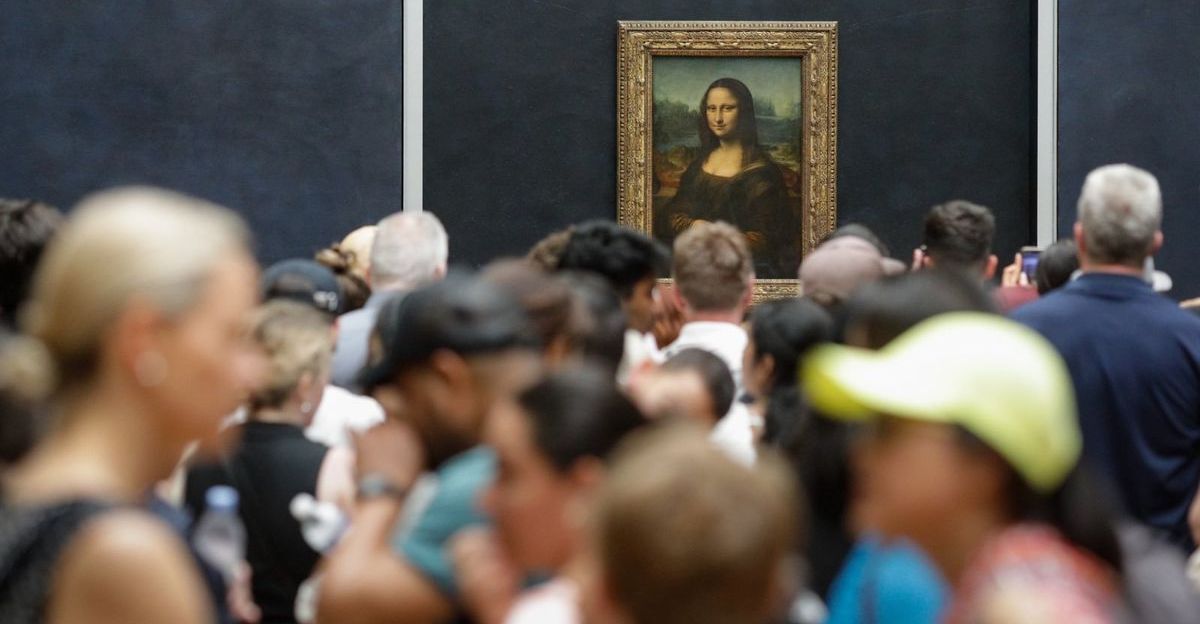
Understanding these new chemicals will impact the way experts care for old paintings. Knowing that the Mona Lisa has plumbonacrite can help guide experts in choosing the right materials and techniques to clean and protect da Vinci’s art and other paintings from his time.
It is important to find out and understand what Leonardo used in his artwork because it can ensure that these famous works stay safe and last for many years.
What Cutting-Edge Technology Unveiled the Discovery?
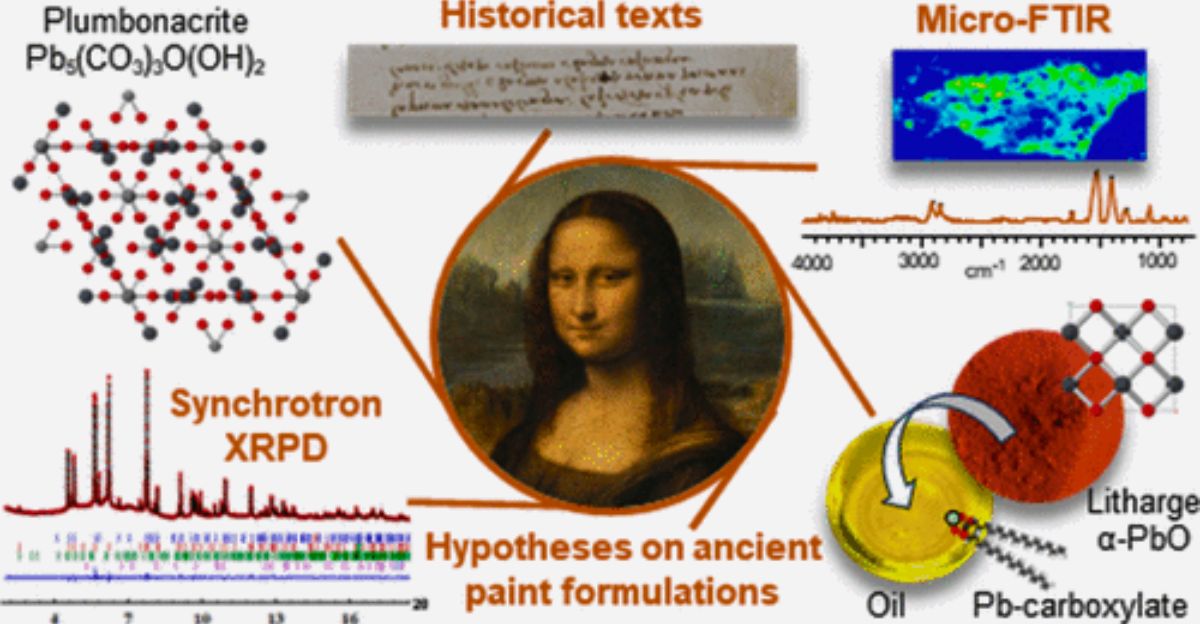
The latest research builds on years of technological advancement in art analysis. Special machines like X-ray diffraction and synchrotron-based methods allow scientists to “see” deep within paint layers, showing details and materials that can’t be seen using regular light or even normal infrared cameras.
Thanks to this technology, experts can discover secrets hidden in paintings like the Mona Lisa for hundreds of years.
Evidence of Preparation
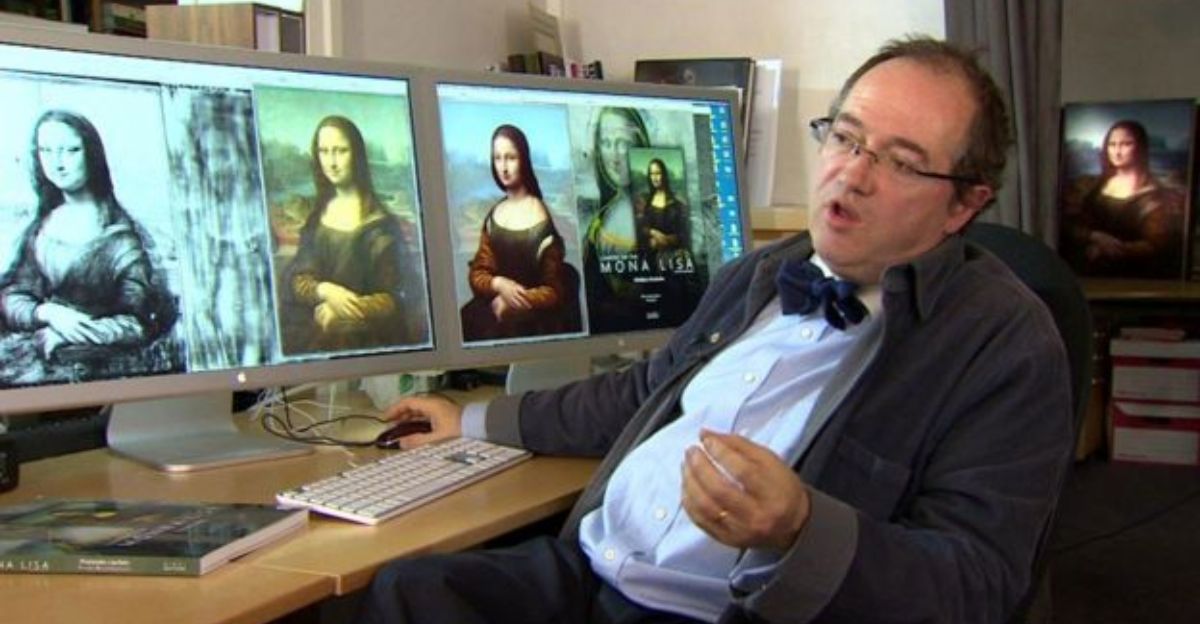
While chemistry helped a lot, the French scientist Pascal Cotte did imaging without damaging it. Cotte revealed a hidden outline drawing—called a “spolvero”—beneath the paint.
This means that Leonardo first sketched his idea on paper, then transferred the outline onto the wooden panel through minuscule holes dusted with charcoal. This helped him be very precise before he started painting the famous portrait.
Extraordinary Artworks Created by Experimenting
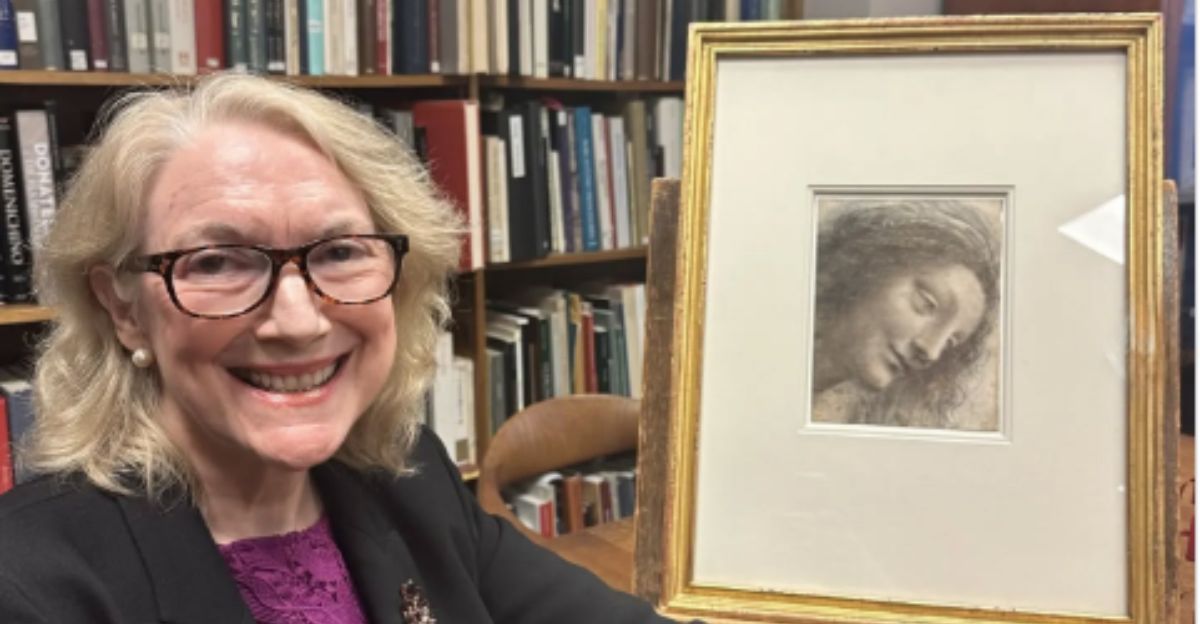
Finding the special chemical (plumbonacrite) and the underdrawing shows Leonardo loves trying new things. Professor William Wallace explains, “We have long known that Leonardo was an inveterate experimenter. Therefore, it is unsurprising that we see him experimenting in other media, especially given his dedicated search for the best painterly techniques (often untraditional) to create his ‘living’ works of art.”
Carmen Bambach, an art specialist at the Metropolitan Museum of Art, adds, “It is what renders him timeless and modern.” This habit of exploring new ideas made his artwork stand out, and it’s why he is still admired today. His creative methods inspire artists and scientists, especially as new technology helps us learn more about his secrets.
Links to Other Leonardo Paintings
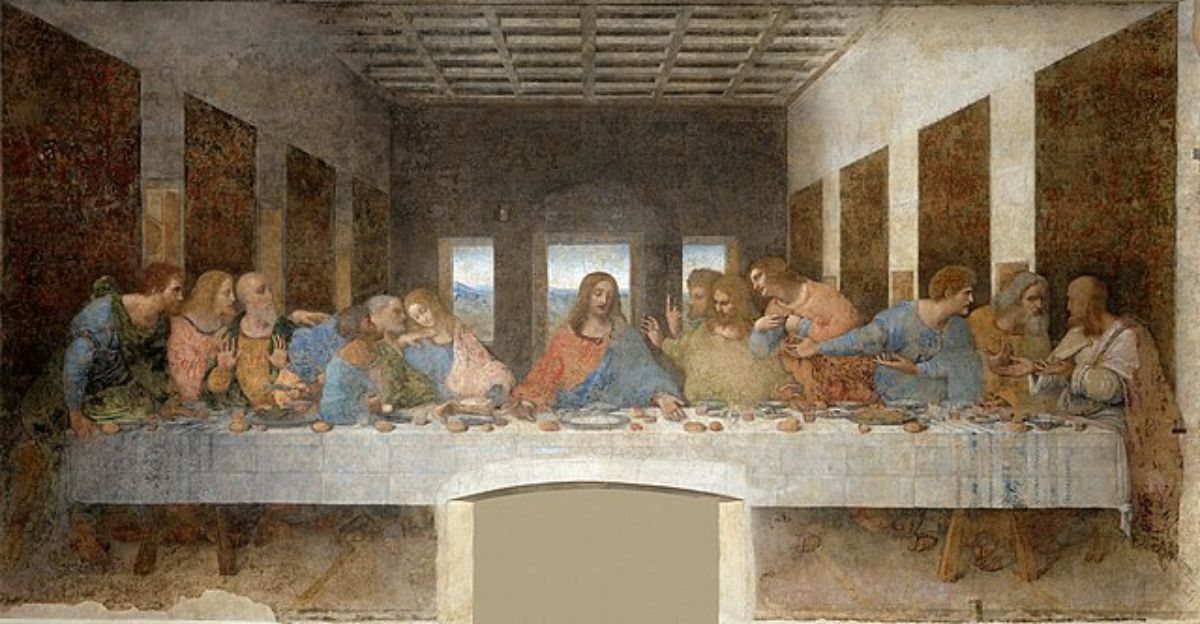
Not only is the Mona Lisa different from others of its time, but scientists have studied and found similar paint ingredients in other Leonardo works, such as The Last Supper.
This indicates that he explored new mixtures of materials in a few of his masterpieces. This is evidence that da Vinci did not like to follow the rules that Renaissance artists practiced in his time.
Secret Drawings and Changed Poses?
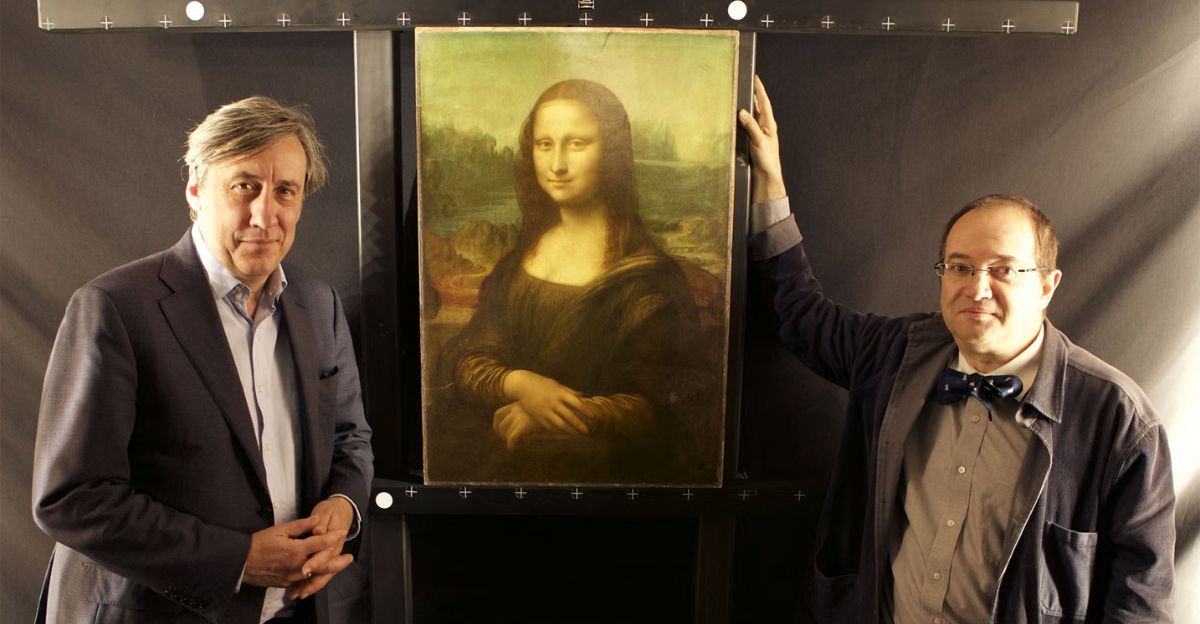
Upon further investigation, Pascal Cotte’s research also hinted at the idea of different versions or earlier portraits hidden under the Mona Lisa. By studying the underdrawing, they think Leonardo changed some parts of the picture as he worked, maybe even painting over an earlier portrait.
Changes like this are common in great artworks, but would not have been noticed in the Mona Lisa without modern technology.
The Importance of Working Together
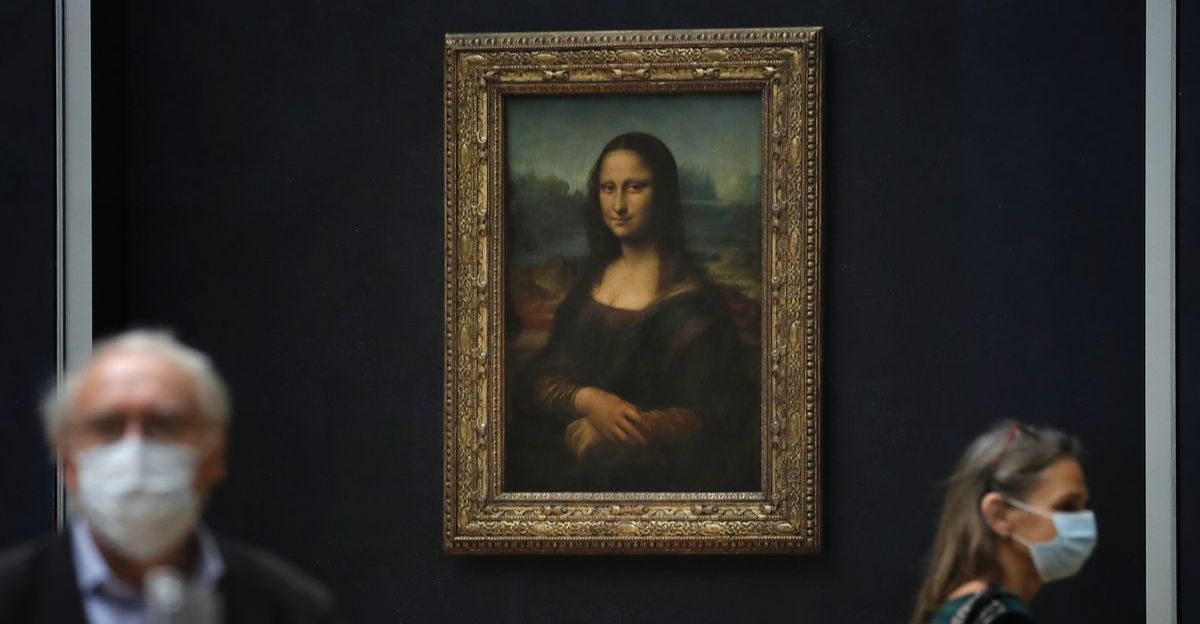
This discovery shows why it’s important for science, history, and art experts to work together. By combining ideas and tools from different fields, teams can uncover secrets hidden in famous artworks for hundreds of years. The Mona Lisa is a perfect example of how teamwork between science and the arts can give us new knowledge.
Because science keeps improving, there are probably even more secrets to discover in Leonardo’s Mona Lisa and other paintings. “We are barely scratching the surface,” says Victor Gonzalez. The Mona Lisa remains a living mystery, with real and metaphorical layers still waiting to be explored.

